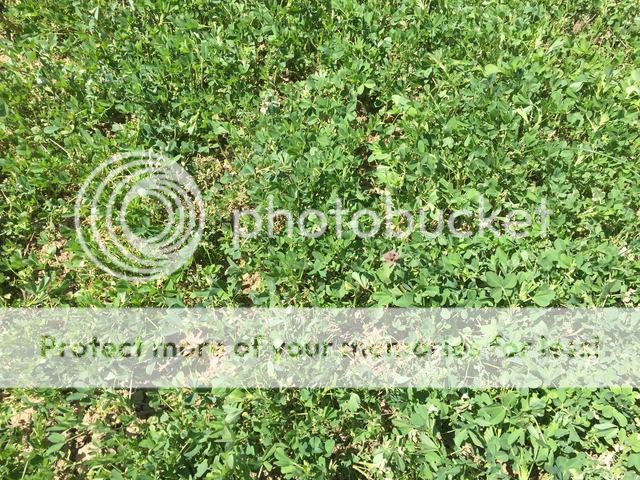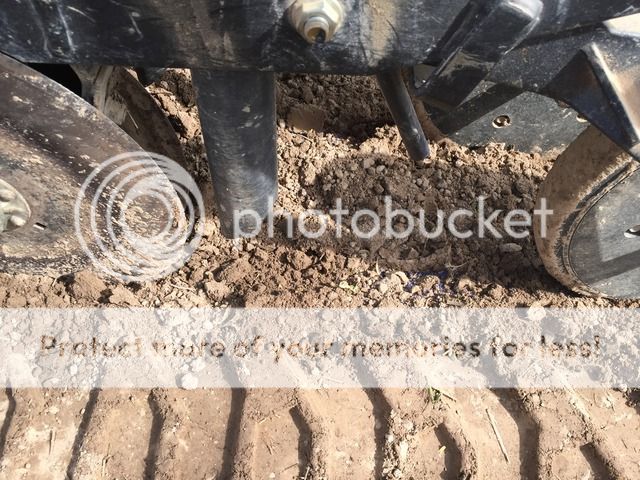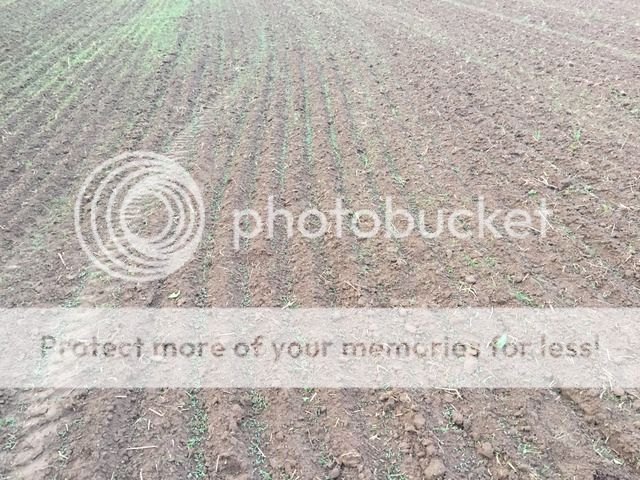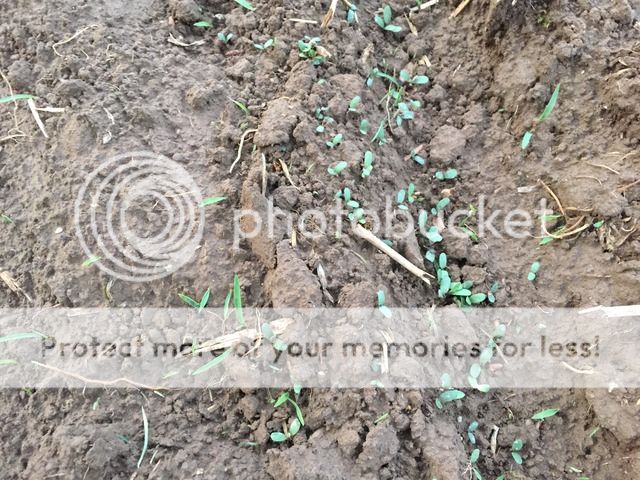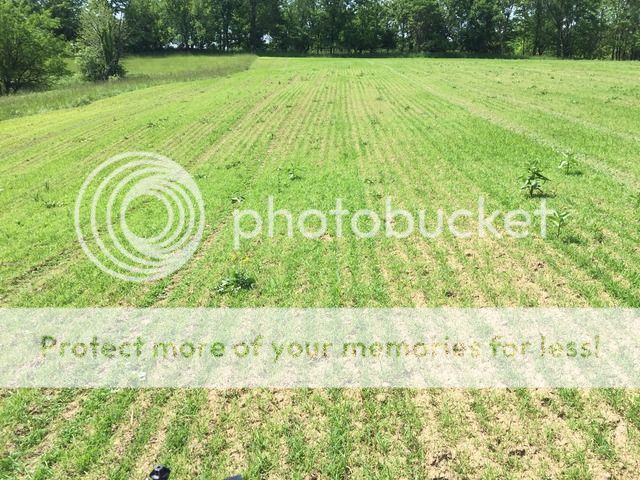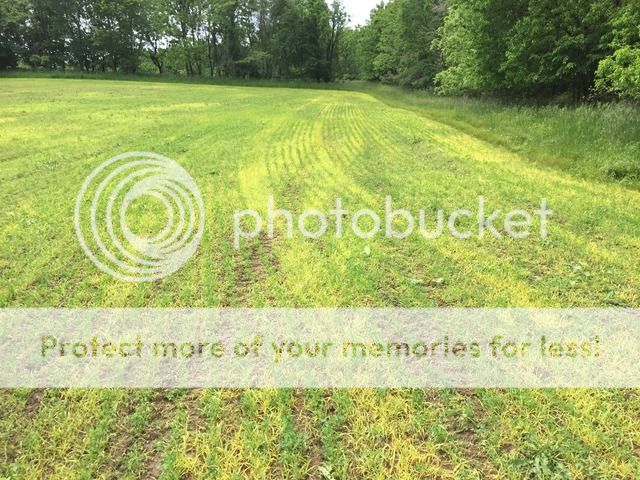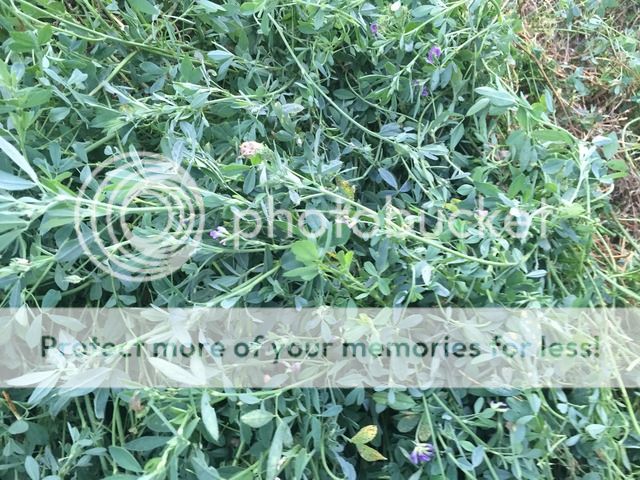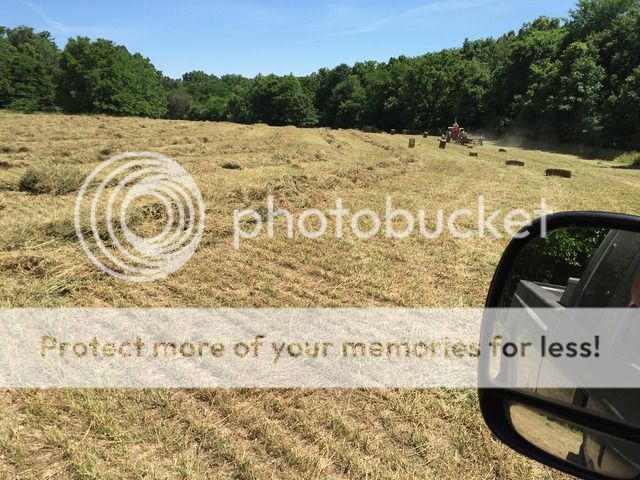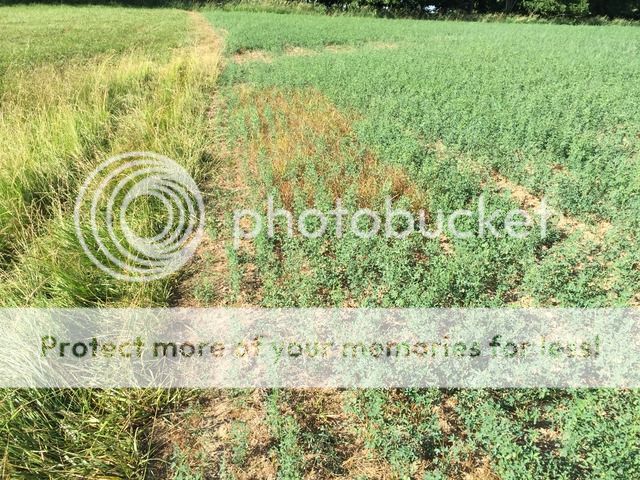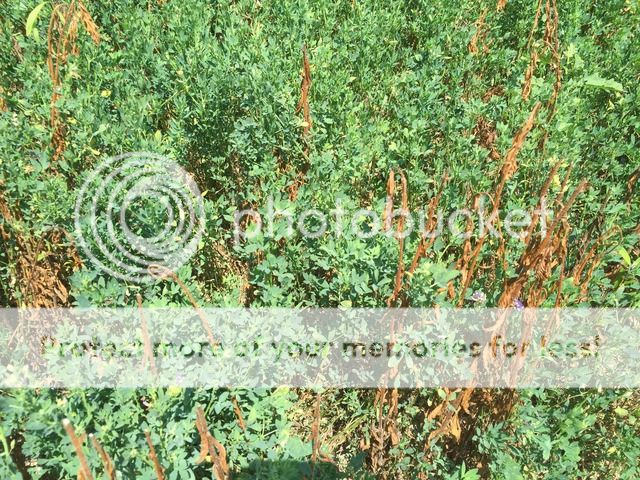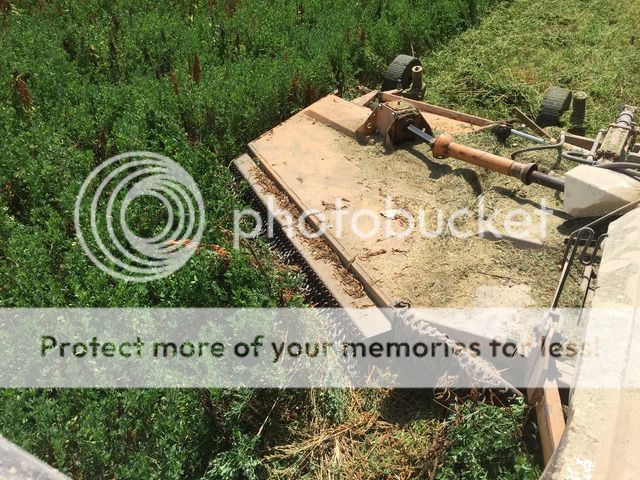Smallplot
Active Member
Keep in mind we suffered through a mild winter and we are now seeing temps usually not seen for another month.
Alfalfa is doing awesome and coming on strong. Need it to dry out enough I can get some Potash spread!

Here is a close up

Last years wet conditions and my decision to spray actually paid off but there are still areas where plants were killed out due to grass/weeds being flattened. There are many areas where my "tracks" are still visible from spraying last spring. In the first picture you can see some of the tracks from spraying last year, they are not planting skips.
As with anything, there is one corner that sees a lot of traffic and in this area, it is pretty evident that it is being hammered, even if they did not have a highway entering the field. This "cow path" is just from deer and a few other small wild animals. The alfalfa is going to struggle in this area and I may seed with some more to thicken this corner up a tad.

I did check the other area that was just mowed last year and there is a pretty good stand coming up but there are areas where large thick clumps of grass and weeds took it's toll. Will have to over seed several areas of the other plot and this area has enough percentage of weeds that it will need sprayed as soon as conditions are right. The main field where the pictures are taken remains mostly weed free at this point and I would surmise that with harvesting will not be an issue, but we shall see.
Just hope mother nature cooperates this year!
And just a quick note. I do have some Winter Rye in an area close to this alfalfa that is being hammered with limited growth.

Alfalfa is doing awesome and coming on strong. Need it to dry out enough I can get some Potash spread!

Here is a close up

Last years wet conditions and my decision to spray actually paid off but there are still areas where plants were killed out due to grass/weeds being flattened. There are many areas where my "tracks" are still visible from spraying last spring. In the first picture you can see some of the tracks from spraying last year, they are not planting skips.
As with anything, there is one corner that sees a lot of traffic and in this area, it is pretty evident that it is being hammered, even if they did not have a highway entering the field. This "cow path" is just from deer and a few other small wild animals. The alfalfa is going to struggle in this area and I may seed with some more to thicken this corner up a tad.

I did check the other area that was just mowed last year and there is a pretty good stand coming up but there are areas where large thick clumps of grass and weeds took it's toll. Will have to over seed several areas of the other plot and this area has enough percentage of weeds that it will need sprayed as soon as conditions are right. The main field where the pictures are taken remains mostly weed free at this point and I would surmise that with harvesting will not be an issue, but we shall see.
Just hope mother nature cooperates this year!
And just a quick note. I do have some Winter Rye in an area close to this alfalfa that is being hammered with limited growth.



